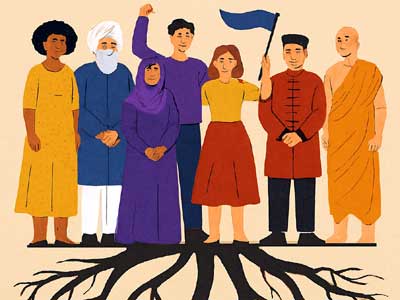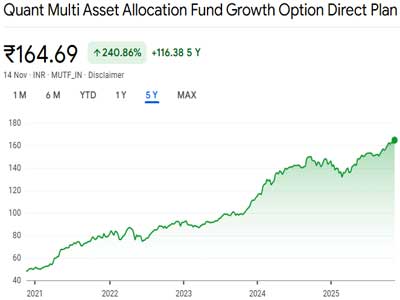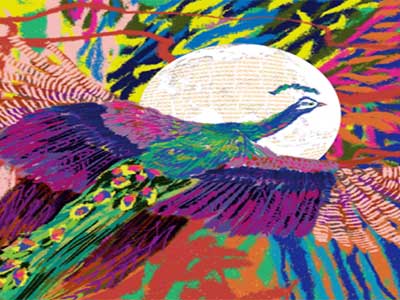Student uprisings once shook Nepal, Bangladesh, and, decades earlier, Egypt. Governments toppled, but democracy never quite found its footing. Why then does democracy endure in India and the United States, while faltering elsewhere? The answer lies in one word… diversity.
Where societies are plural—layered with multiple identities, ideas, religions, and languages, democracy strikes deep roots. But where homogeneity dominates, where only one religion or ideology defines the nation, the door opens for authoritarianism and dictatorship. History tells us: plural societies nourish democracy; uniform ones suffocate it.
Read in Hindi: विविधता में ही पनपती हैं लोकतंत्र की गहरी जड़ें
India today is a garden of many blooms. Extremists complain that the current leadership is weak because it resists the temptation of rigid ideology. But in truth, India’s strength lies in its capacity to live with contradiction, tension, and difference. Tolerance is not chaos—it is resilience.
This lesson is universal. In heterogeneous societies, power remains accountable. Different communities, castes, and linguistic groups raise their voices, forcing governments to compromise and adapt. In homogeneous societies, however, politics often collapses into one-party dominance or authoritarian rule. Think Hitler, Mussolini, Mao.
Since 1789, the United States has been democracy’s most durable model. It thrives precisely because of its plural character—Protestants, Catholics, Jews, Muslims, atheists; Africans, Asians, Latinos, and Europeans. Diversity forces compromise. It fuels dynamic debates—from abortion to immigration—that keep democracy alive.
Contrast this with China, where the Communist Party and Han majority crush dissenting voices, or Russia, where Putin weaponises religion and ethnicity. In uniform societies, elections become rituals, not real choices.
While India’s survival as a democracy is even more remarkable. Despite partition, poverty, and multiple crises, it has kept its democratic pulse beating since 1947. Over 80 per cent of its citizens are Hindu, yet the Constitution guarantees equality for all religions. With 22 official languages, countless castes, and cultural layers, no single idea or leader can fully dominate.
The Emergency of 1975–77 is proof. Indira Gandhi suspended freedoms, but voters threw her out within two years. Democracy revived, stronger than before. Even today, farmer protests, citizenship debates, and coalition politics testify to India’s democratic vitality.
Europe, too, has tasted dictatorship. Germany and Italy were torn apart by fascism in the 20th century. Today, their survival depends on secularism, pluralism, and multi-party politics. The European Union, with its 27 culturally distinct nations, carries the democratic torch forward.
In Saudi Arabia and Iran, religion defines politics, silencing minorities. In Pakistan, repeated military coups destabilised democracy. And Bangladesh, once hopeful, now drifts.
Uniform societies rarely need dialogue or compromise. Leaders exploit this single identity to consolidate power. But diverse societies must negotiate, adjust, and coexist. That necessity itself becomes democracy’s guarantee. As America’s founding father, James Madison argued, factions in a plural society check one another, preventing tyranny.
The message is clear. In today’s world, democracy’s true strength lies in diversity. It is democracy’s soul, its breath. Where societies embrace pluralism, democracy flourishes. Where uniformity prevails, dictatorship lurks nearby.
To keep democracy alive, nations must protect and nurture diversity. It is democracy’s greatest guarantee—and its most precious capital.


















Related Items
India stuck in traffic; Cities halt, Horns holler, and time takes a nap
India’s deep dark fraud economy unveiled…
Bangladesh’s Radicals vs India’s Liberals, A dangerous imbalance…